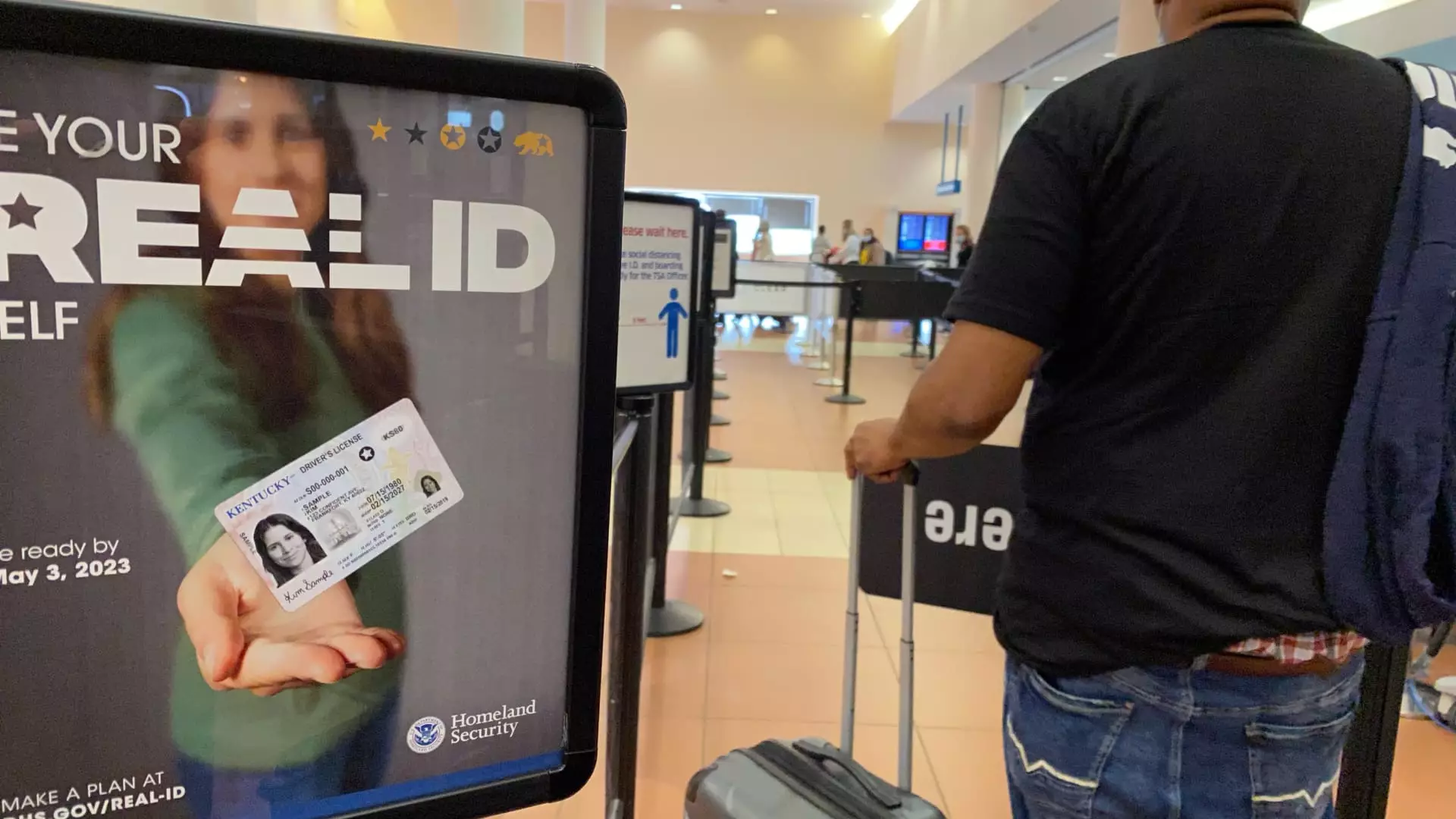As we approach the impending deadline of May 7 for the implementation of Real ID enforcement at U.S. airports, it’s impossible to ignore the stark implications of this initiative. The federal government promises real compliance this time, despite a history of extensions and delays. The audacity to enforce this regulation reveals a broader narrative—one of government overreach masked as security necessity. While security measures post-9/11 are undeniably important, the manner in which they are enforced raises questions about personal freedoms and governmental control.
The Transportation Security Administration (TSA) claims that 81% of travelers are already equipped with Real ID-compliant identification. Yet, this figure is less reassuring when we consider the remaining 19% of travelers who may face delays or even prohibited access at security checkpoints. Urging citizens to update their identifications under a looming deadline feels like a push for compliance rather than a genuine concern for public welfare. The government must balance its security measures with the everyday lives of citizens, particularly when access to one’s own freedom of movement is at stake.
Hospitality Industry Caught in the Crossfire
Meanwhile, the travel industry is trying to adapt amidst this bureaucratic nightmare. Airlines, such as Frontier, scramble to alert passengers through emails and website banners. The burden falls heavily on travelers who might not be tech-savvy enough to navigate QR codes or may not realize the significance of a potential delay. Real ID enforcement places an undue burden on the hospitality industry, which is still reeling from pandemic disruptions. For many, this cumbersome change to airport procedures could serve as a barrier to spontaneous travel—a pillar of the American experience.
Furthermore, the TSA’s recent announcement that travelers lacking a Real ID will experience significant delays is an alarming portent of bureaucratic inefficiency. It begs the question: Is incremental travel becoming a privilege reserved for the overly prepared? We must not overlook the travelers who may respond to the government’s urging with foot-dragging, only to end up hindered by a “one-size-fits-all” approach to security that fails to account for individual circumstances.
A Historical Perspective: The Roots of Real ID
The Real ID Act, spawned from the ashes of the September 11 attacks, was intended to standardize state-issued IDs and prevent identity fraud. Yet, it is troubling to see historical fear driving contemporary policy. What was meant as a national step toward safety is now a bureaucratic burden that makes even basic travel resemble a complex math problem. With only transient reassurances from the Department of Homeland Security, citizens may soon find themselves unwitting participants in a system that favors regulation over reason.
Government entities emphasize that the Real ID must have specific designations—like a gold star or a California bear—rendering valid IDs nearly indistinguishable to the untrained eye. A state identification card without these markers could lead to airport chaos and a heartbreaking denial of boarding for thousands of travelers. It raises a fundamental concern about why passengers must navigate such a labyrinth of identification requirements instead of the government ensuring accessible, user-friendly solutions.
Rethinking the Path to Security
As we hurtle toward the enforcement date, there lies a scintilla of opportunity to rethink how we define security. The TSA suggests that travelers without Real IDs arrive three hours early, but this is merely a band-aid for a systemic problem that is only going to worsen without tangible reforms. Instead of imposing draconian identification checks, perhaps it’s time the government considers alternative strategies, like integrating biometric technology or rolling out more efficient identity verification systems.
To safeguard our nation’s security while respecting civil liberties and the pragmatic needs of travelers requires a delicate balance. By treating citizens as potential threats rather than valued participants in the democratic process, we undermine the principles upon which this nation was founded. In a reality where travel is essential to human experience, we should tread carefully and critically consider who benefits from such stringent practices. Rather than absolute compliance, let us strive for a more enlightened approach that champions personal freedom while maintaining security.

